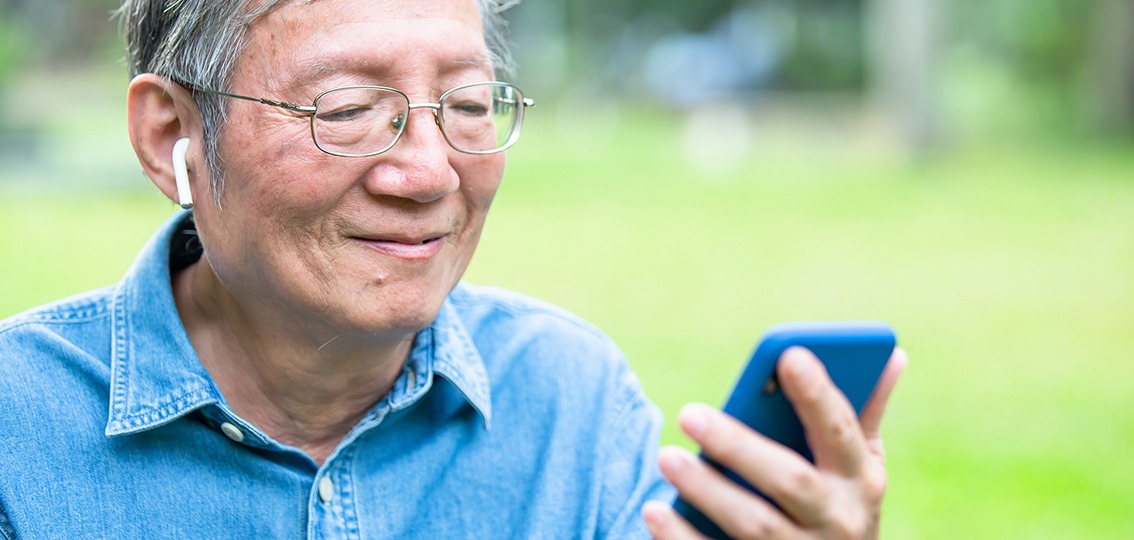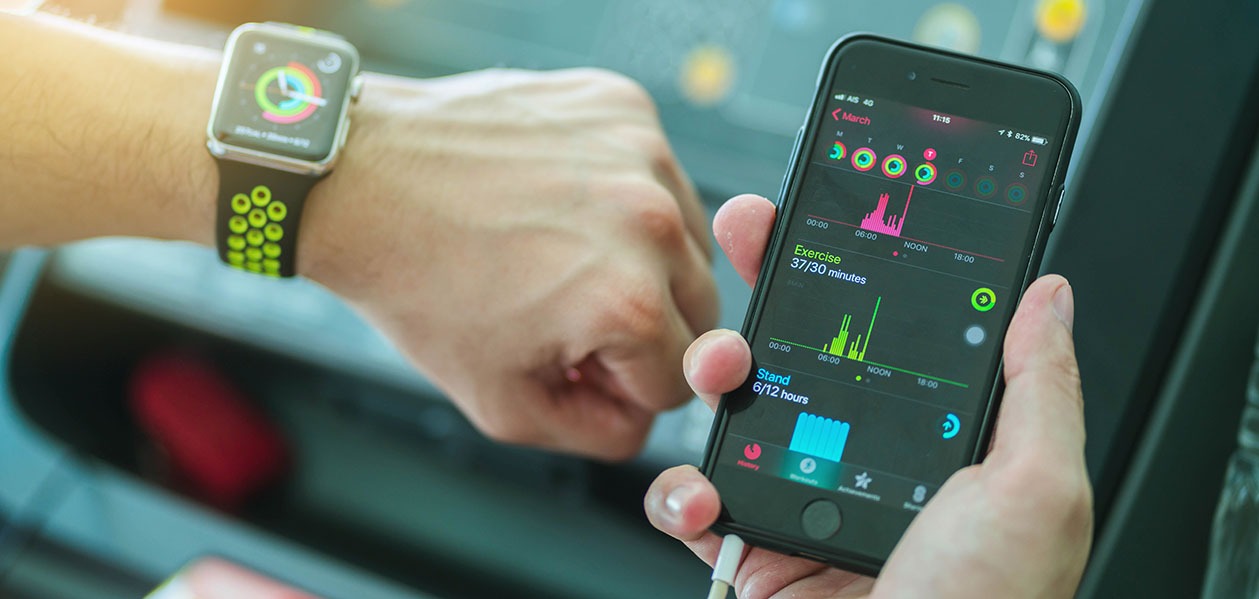Three new innovations in wearable health-tech will increase accessibility to advanced health assessment for the elderly.
As most people have been trying to stay clear of crowded gyms and workout classes, smartwatches, Fitbits and fitness-tracking apps have surged in demand. By integrating data into daily life, they have given users more control over their personal health-monitoring than ever before. Now, thanks to these devices, the average person can constantly keep track of parameters like heart rate, respiratory rate, sleep patterns and even body mass index on their own.
However, there remain some accessibility gaps in the market, such as a lack of products that are suitable for the elderly. Designed to fill these gaps, here are three Tech Offers that provide wearable health-tech for seniors.

Mobile monitoring for the sporty senior
All over the world, countries are experiencing an aging population with an expected 1.5 billion people over 65 by 2050, which is 16 per cent of the global populace. By 2030, 18.7 percent of Singaporeans will also be over 65 years old. While over 40 percent of Singaporeans over 60 years old remain active and physically independent by engaging in frequent exercises like walking or cycling, active health monitoring is crucial for these active seniors too.
A Hong Kong-based company has developed a smart hearable module that can be used to coach and encourage the elderly as they exercise. Tailored to their needs, the device will monitor heart rate, heart rate variability, respiratory rate and body temperature as well as alert the wearer if their physiological data is abnormal. The data can then be viewed on a smartphone—a more senior-friendly option than the small screen of a wrist wearable.
The invention uses photoplethysmography technology to measure blood flow, similar to those used in other products like Apple Watches and Fitbits. However, unlike wrist wearables, it is worn in the ear and remains in a fixed position, allowing it to obtain stronger and more accurate signals. Comfortable and sturdy, the hearable is made to look like earbuds to remove the stigma of products made solely for the elderly while allowing for convenient health and fitness monitoring.

Keeping steady with wearable risk assessment
According to the World Health Organization, roughly 646,000 individuals worldwide die from falls each year. While this number includes both the young and old, adults above 65 years of age suffer the greatest number of fall-related deaths. Despite advances in medical technology and fall-risk assessment, current fall-prevention methods remain time-consuming and subjective.
To address this issue, innovators from Hong Kong have developed a compact wearable device to collect quantitative measurements of postural stability, limb strength and balance. This collected data is then evaluated with the help of cloud computing and artificial intelligence technology to assess fall vulnerability in the user. The fall assessment test can be conducted with minimal training and takes only five minutes, after which customised reports and fall-prevention recommendations can be generated.
Easy to conduct and accurate, the technology has myriad applications in physiotherapy clinics, hospitals, and even the home environment.
_1260x600.jpg)
High-performance health-monitoring
As he races around the track at high speeds, Formula One driver Charles Leclerc’s physical data is transmitted to a medical crew through biometric sensors in his racing gloves. To keep athletes at their peak and for safety reasons, data like oxygen levels, heart rate and temperature are consistently monitored with expensive, top-of-the-line technology.
To bring such technology to the masses, a Singapore-based company has developed a wireless body sensor network built on wearable fabric that can be used to monitor the health of elderly patients and athletes alike. Currently, wireless sensors rely on near-field technologies, requiring close proximity of a few centimetres between each sensor and a wireless readout device. This Tech Offer, however, is designed as a single wearable device and can establish wireless power and data connectivity between multiple distant points on the body up to a metre away.
Completely wireless, the wearable fabric can interact wirelessly with nearby devices without being plugged in. The clothing can also be used for extended periods of time, if there is a power source like a smartphone nearby. Low-cost and durable, it is suitable for daily wear and wash or even single use.

